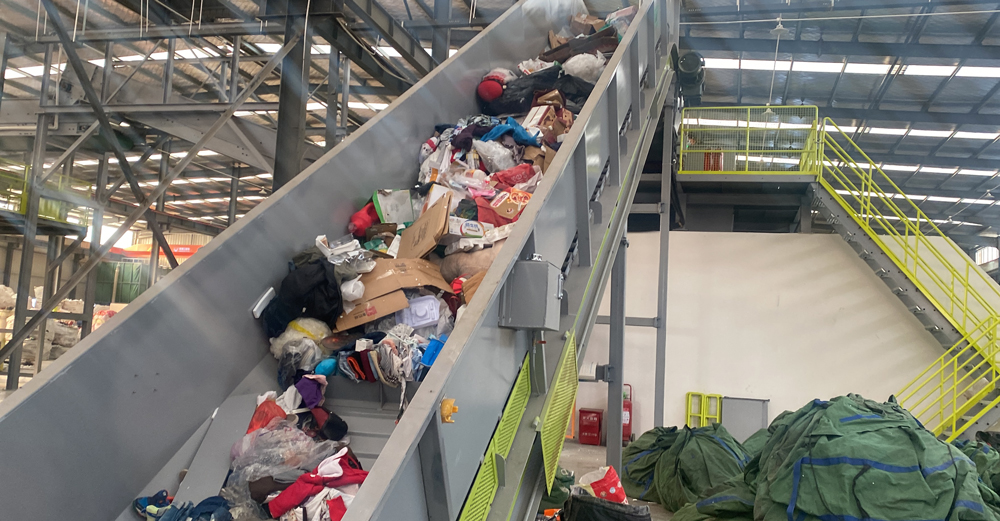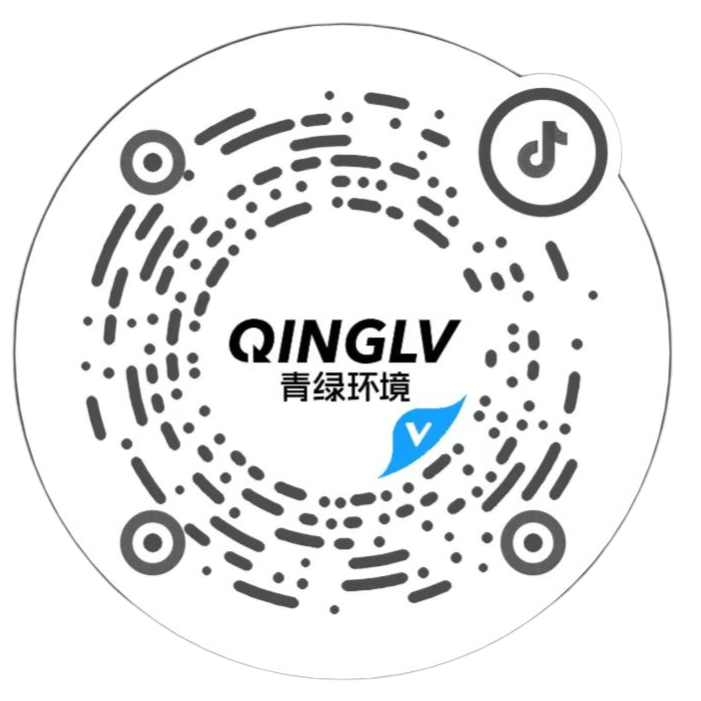 Time:2025-05-15
Time:2025-05-15
 Source:青绿环境
Source:青绿环境
As a crucial link in waste classification and resource utilization, recyclable waste sorting centers have developed rapidly in recent years under the impetus of policies. However, in the actual operation process, these sorting centers still face many difficulties, such as low efficiency, high labor costs, backward technology, and unclear profit models. To achieve sustainable development, breakthroughs must be sought from multiple aspects.

Firstly, improving the level of automation is the key. At present, many sorting centers still rely on a large amount of manual labor for classification, which is not only inefficient but also prone to misclassification and omission. Introducing advanced intelligent sorting equipment, such as AI recognition systems, robotic sorting arms, and optical sorting technology, can greatly improve sorting efficiency and accuracy while reducing labor costs. The government should also encourage enterprises to introduce advanced technology and provide corresponding subsidies or tax preferential policies.
Secondly, optimize the collaborative mechanism between front-end collection and back-end processing. The quality of recyclable waste directly affects the sorting efficiency and reuse value. At present, the awareness of waste classification among residents varies greatly, resulting in serious mixing of waste entering the sorting centers. Therefore, it is necessary to strengthen the publicity of waste classification in communities, establish a reward and punishment mechanism, and improve the quality of source classification. At the same time, sorting centers should establish stable cooperative relationships with再生resource processing enterprises to form a closed-loop industrial chain of "classification - sorting - reuse", and improve the overall operating efficiency.
Thirdly, explore diversified profit models. Traditional sorting centers mainly rely on the sale of再生resources for profit, but are greatly affected by market price fluctuations and find it difficult to maintain stable returns. It is possible to consider expanding the scope of services, such as carrying out the dismantling of waste electrical and electronic equipment, textile recycling and remanufacturing and other high value-added businesses; it is also possible to provide customized recycling solutions for communities and enterprises and charge service fees. In addition, it is also possible to convert environmental benefits into economic benefits through the carbon trading market and enhance the profitability of enterprises.
Finally, strengthen industry standardization and talent construction. At present, the recyclable waste sorting industry lacks unified standards, resulting in large differences in technical levels and service quality in different places. It is necessary to formulate industry standards as soon as possible and clarify technical requirements and environmental protection standards. At the same time, cultivate professional management and technical personnel, improve the quality of practitioners, and promote the development of the entire industry towards professionalization and standardization.
In summary, for recyclable waste sorting centers to get out of difficulties, it is necessary to rely on efforts in multiple aspects such as technological innovation, industrial collaboration, business model upgrading, and institutional guarantees. Only by building an efficient, green, and sustainable sorting system can the goal of waste reduction and resource utilization be truly achieved.













 Prev
Prev











